Back when Honda unveiled their world premiere of advanced future safety technologies and plans for zero traffic collision fatalities by 2050, the brand emphasized their part in “striving to completely eliminate mobility risks for everyone sharing the road,” – as stated by Keiji Ohtsu, President and Representative Director of Honda R&D Co., Ltd.
Source: Youtube (Screenshot)
Included in the ‘Intelligent Driver-Assistive Technology’ was a motorcycle created to demonstrate their self-balancing rider-assistive technology – and it’s been making more than a few headlines with the video released yesterday.
Source: Youtube (Screenshot)
The ‘Experimental Safety Vehicle (ESV)’ – shown at 11:20 of the above video – appears for all intensive purposes to be just that; an experimental bike created to showcase the new technology Honda’s been tinkering with.
Source: Youtube (Screenshot)
TheNextWeb reminds us that Honda’s shown us self-balancing properties in a bike before. Originally shown back in 2017, Honda’s first self-balancing beastie looked a wee bit more similar to the current lineup of CB models currently available on the Honda showroom floor.
Source: Youtube (screenshot)
Since then, it’s obvious that the company has made a few tweaks to how the tech behaves in relation to both the motorcycle and the rider.
Source: Youtube (Screenshot)
In the 2017 video featuring the first self-balancing machine, you see the front wheel adjust to accommodate the rider’s balance. While this is a cool concept, the fact that the front wheel moved the most for the balancing led many to wonder how steering would work.
Source: Nikkei Asia
In this most recent experiment (we can’t call it a prototype unless we know for sure that the bike is being created for eventual production), the back wheel now swings to adjust the angle of the rider and machine, rendering steering easier and more traditional to what we’re used to.
Source: Youtube (screenshot)
We’ve yet to see the ESV go faster than single-digit speeds (you’ll see tests on slow riding and figure-eights, etc.), but with most motorcyclists dropping their bikes due to slow speeds and sharp turns, Honda seems to be bang-on when it comes to supplying a demand for safety in this particular niche.
Source: Youtube (screenshot)
Be sure to check back and see what Honda gets up to in the coming weeks; in the meantime, drop a comment below letting us know what you think, and as always – stay safe on the twisties.

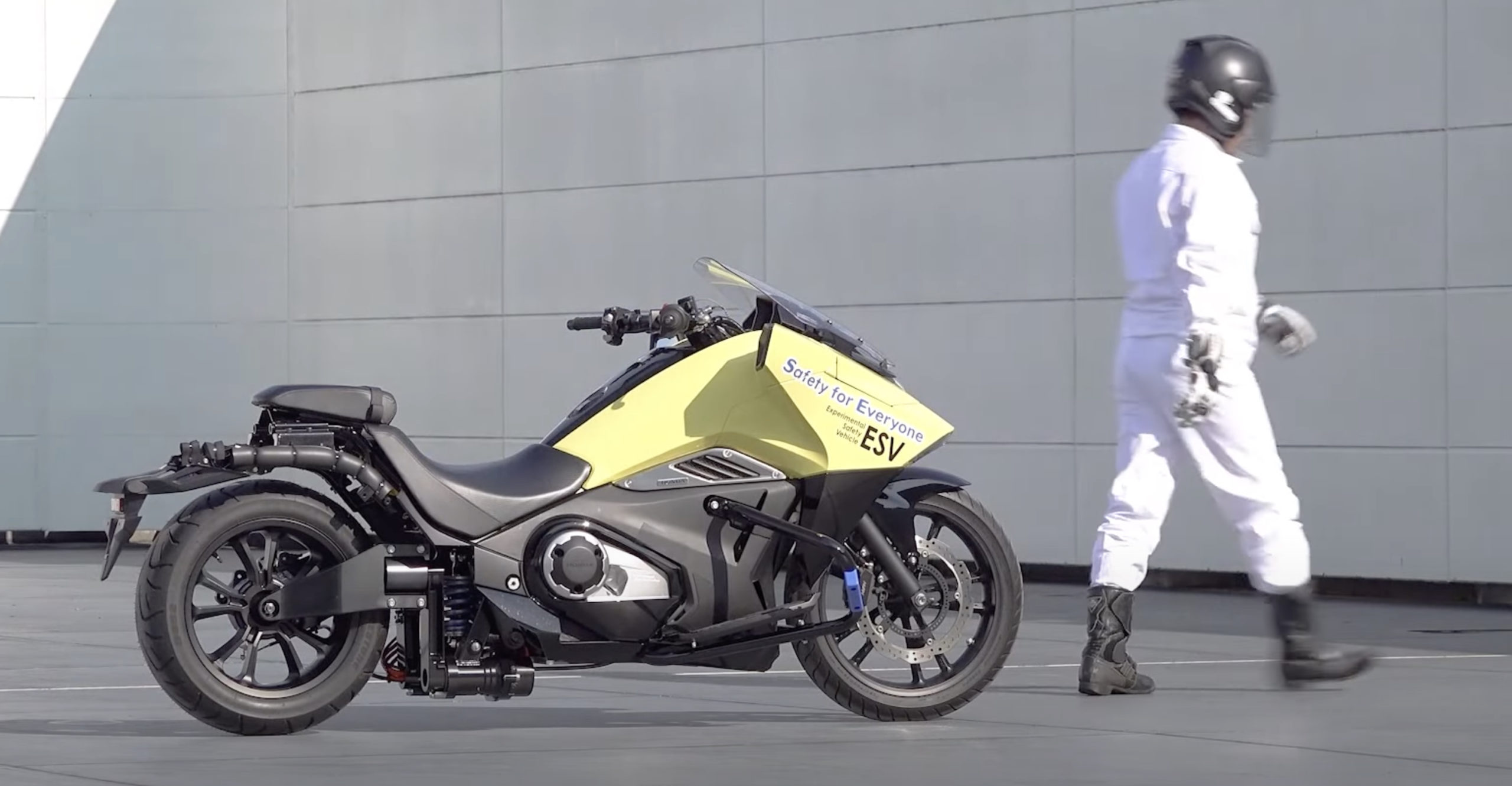
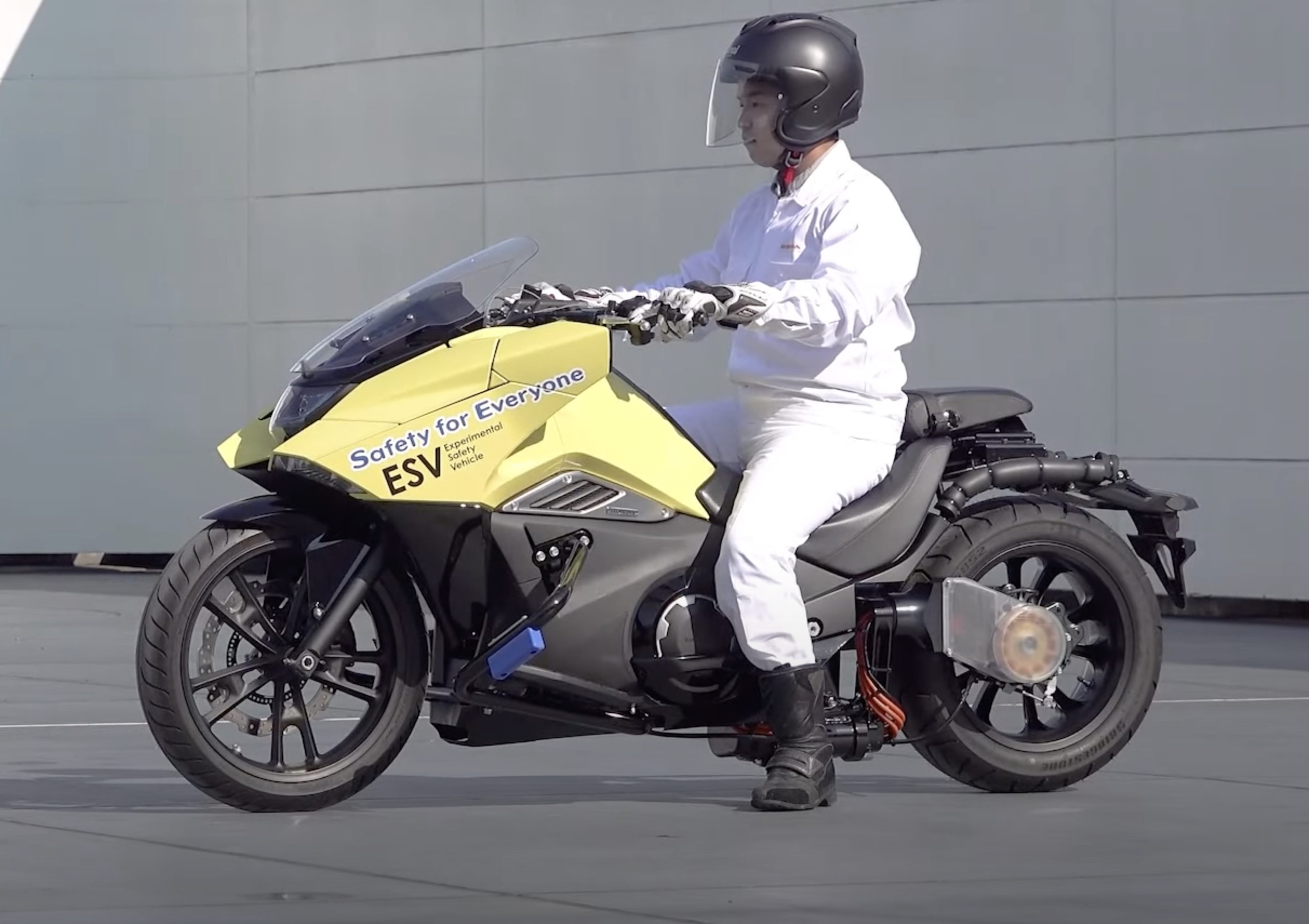
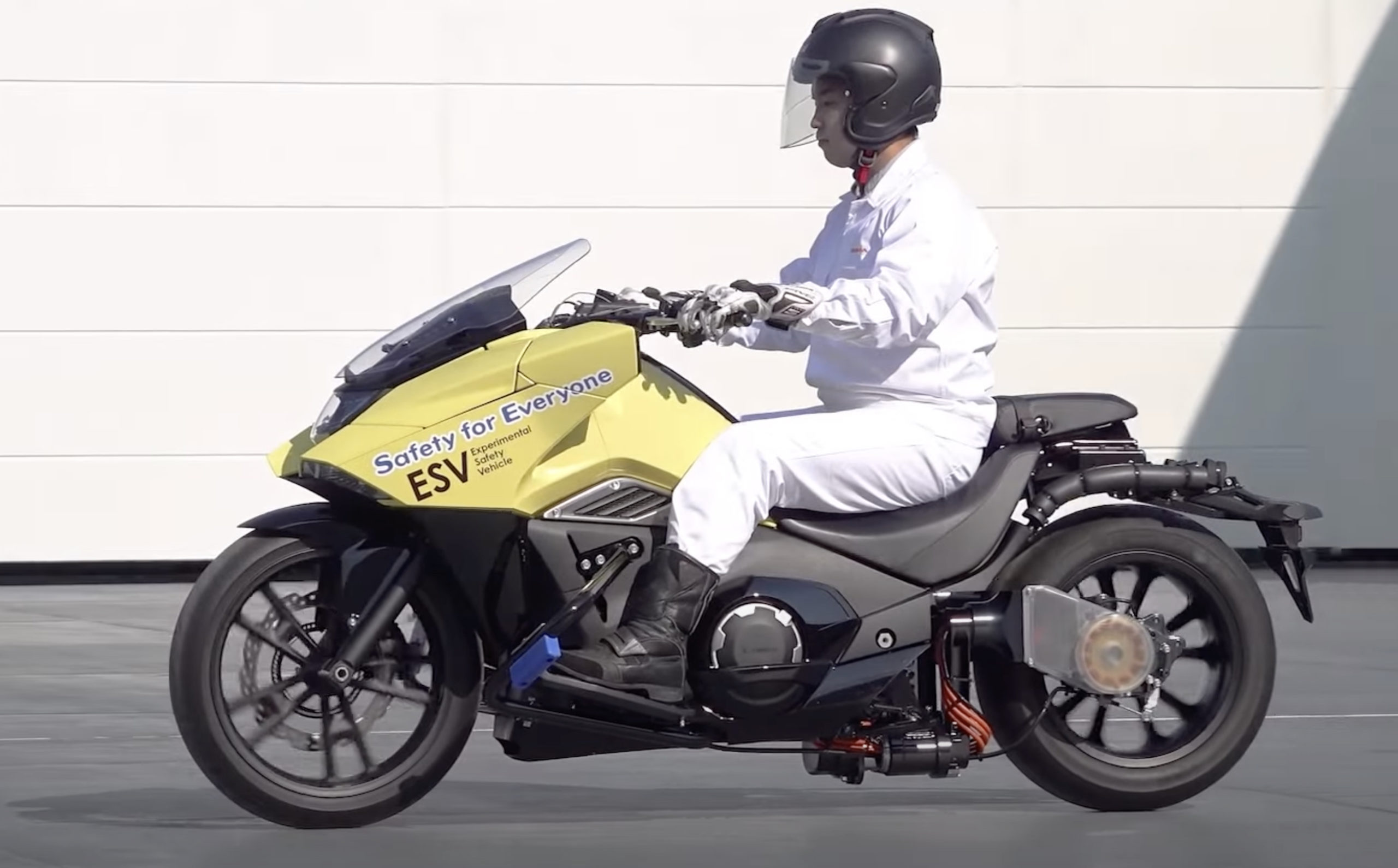
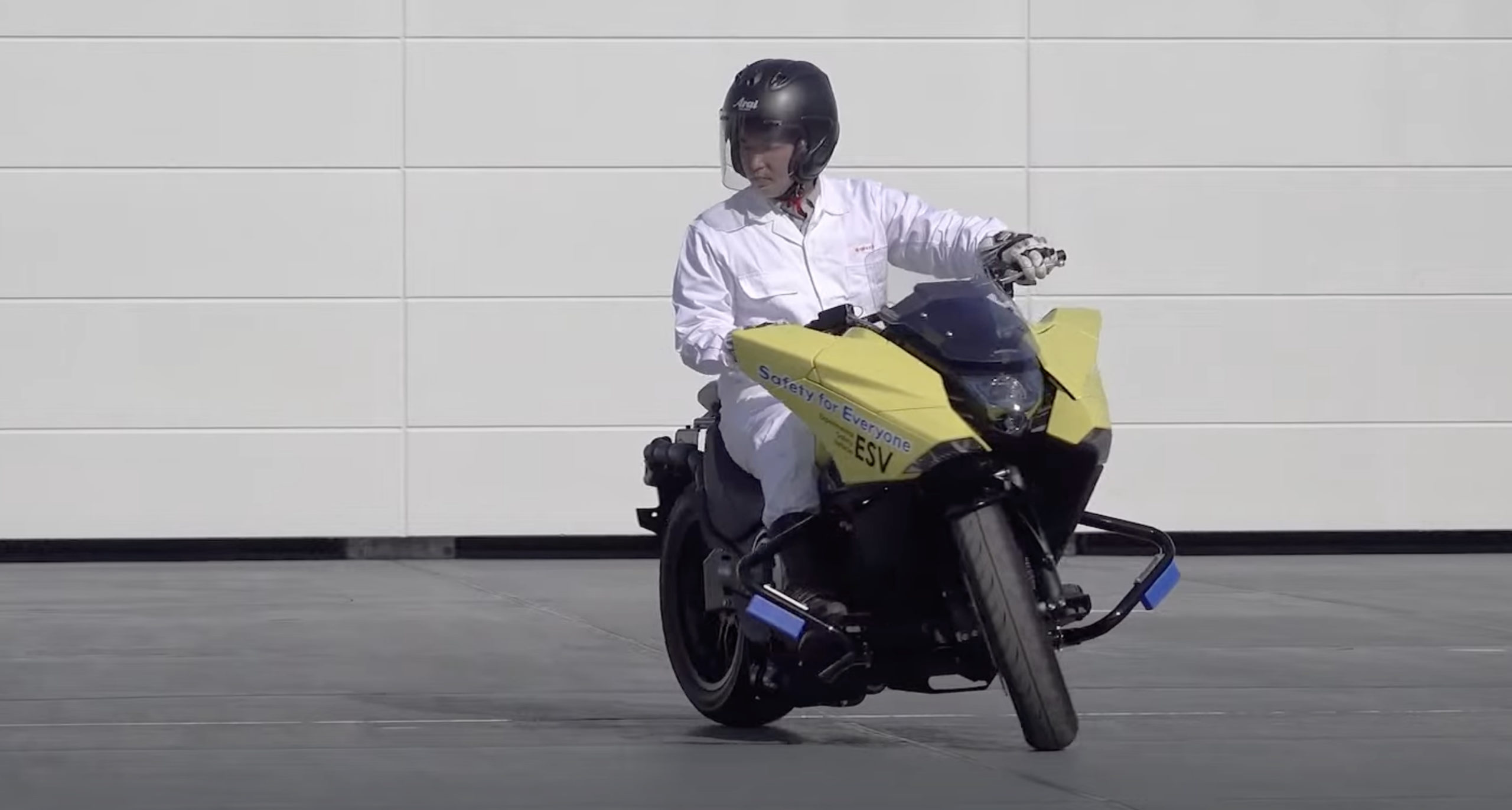
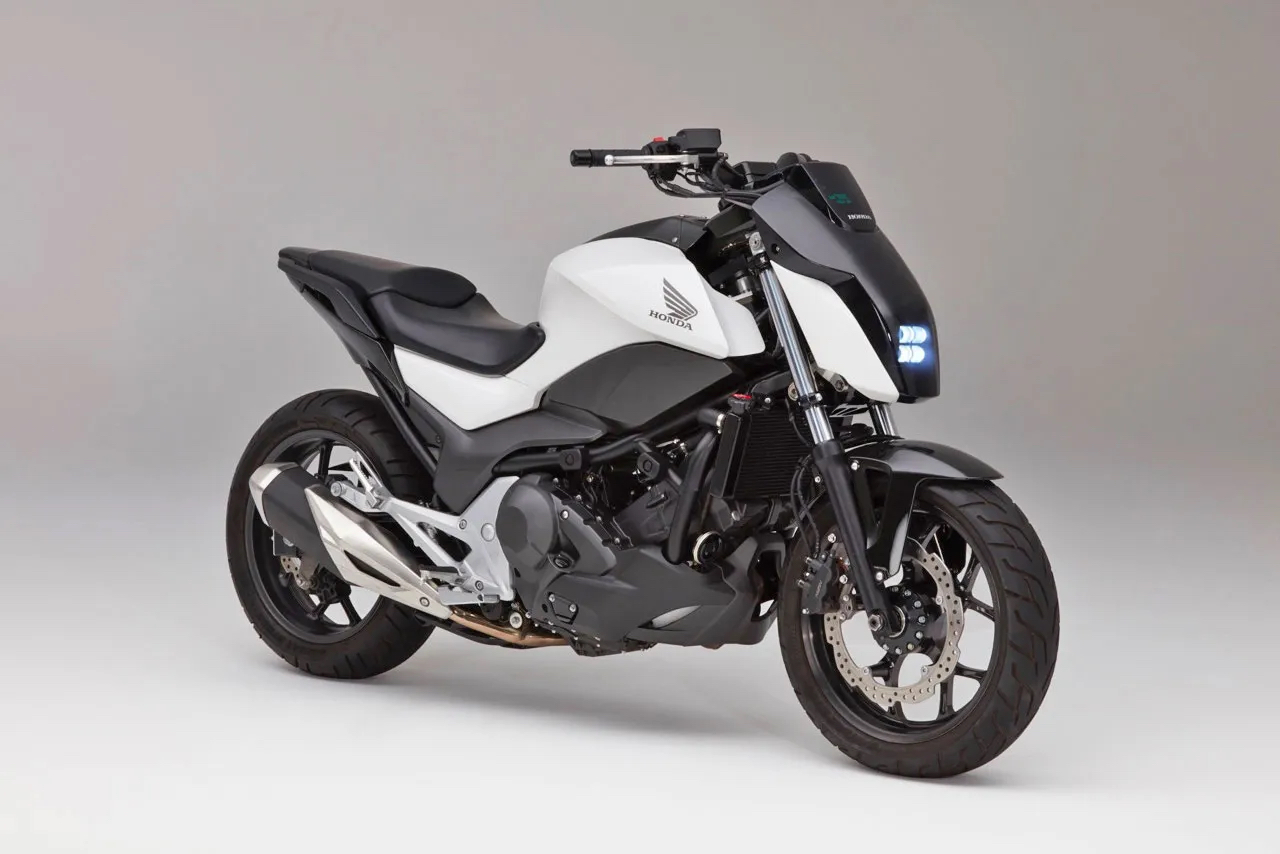
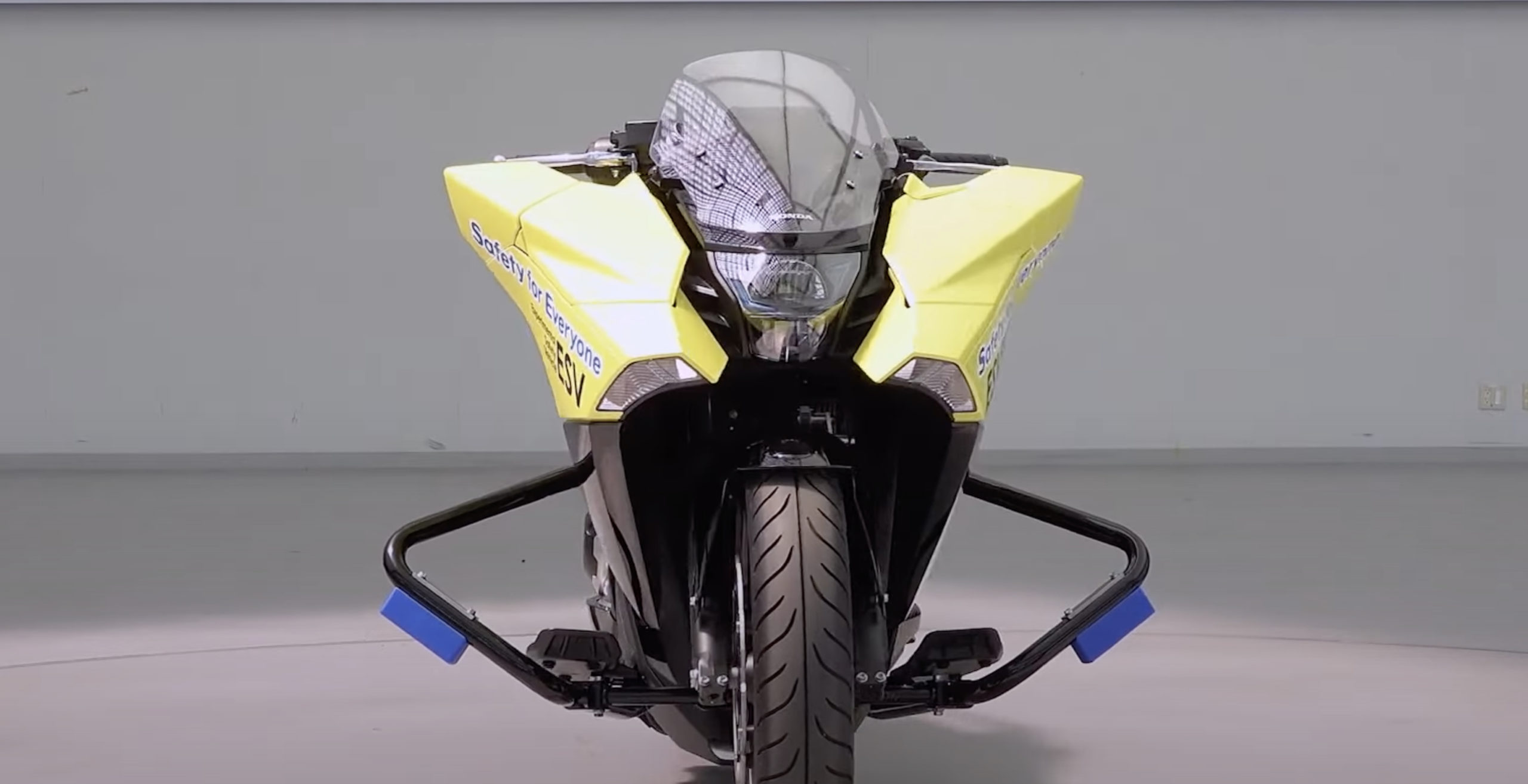
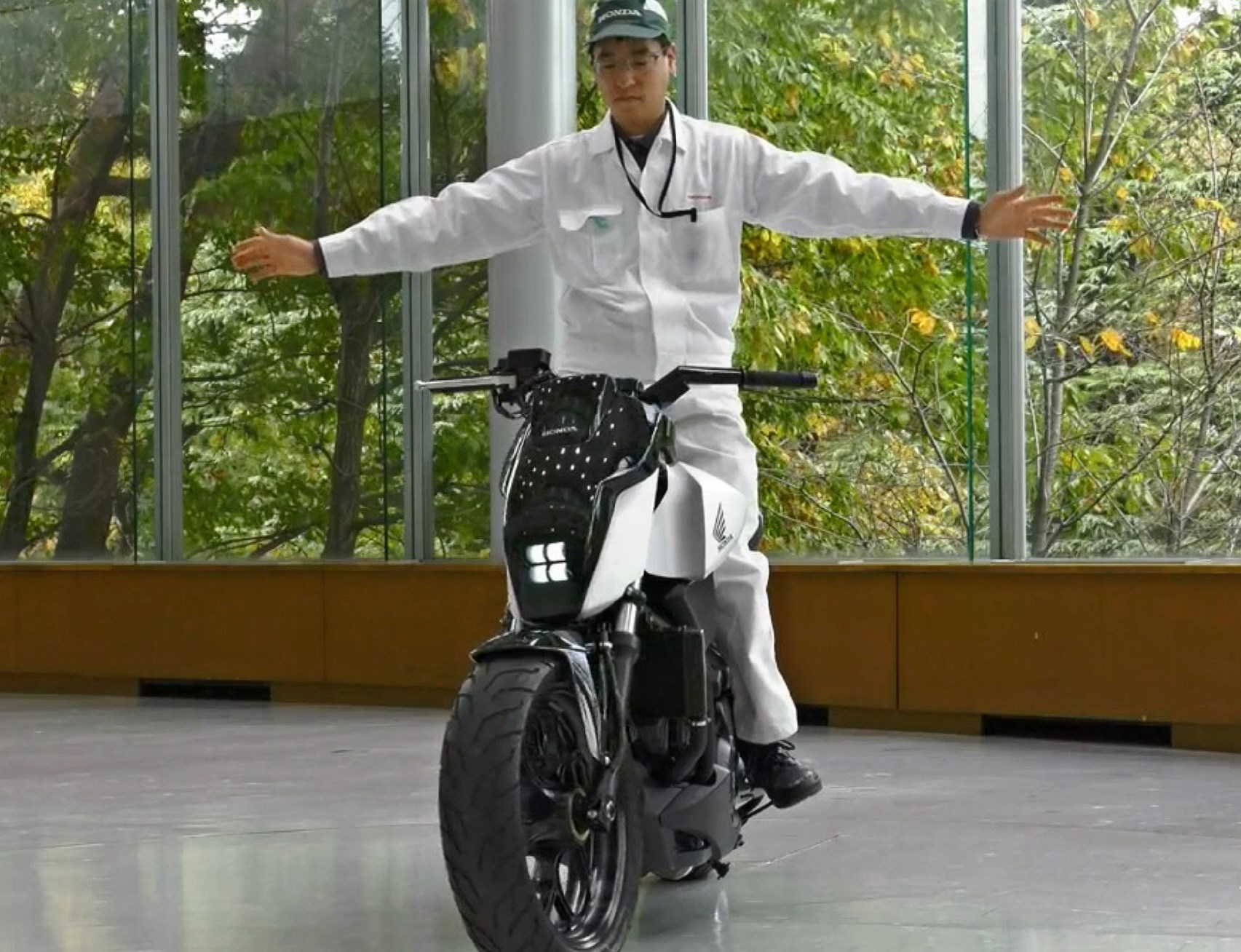
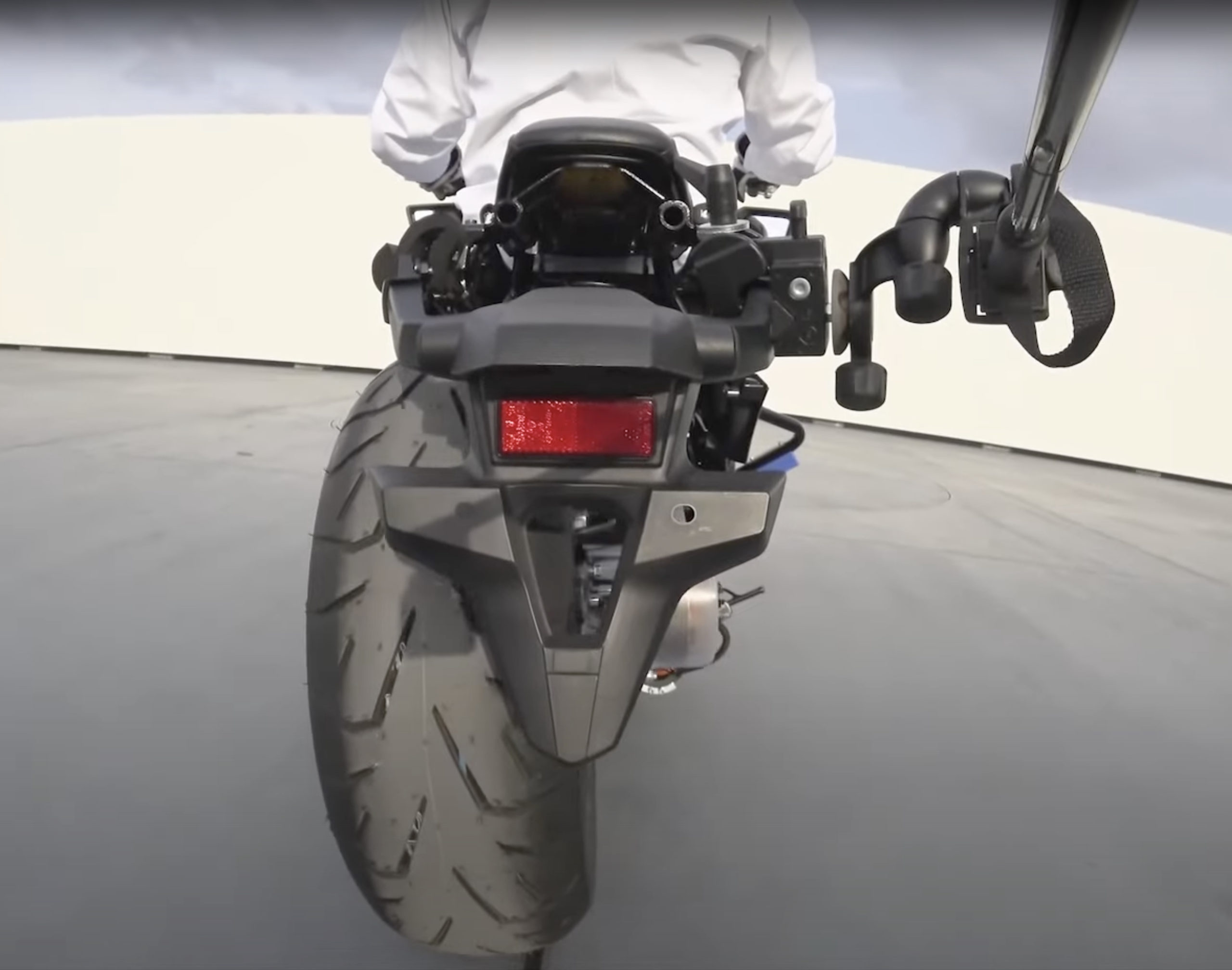
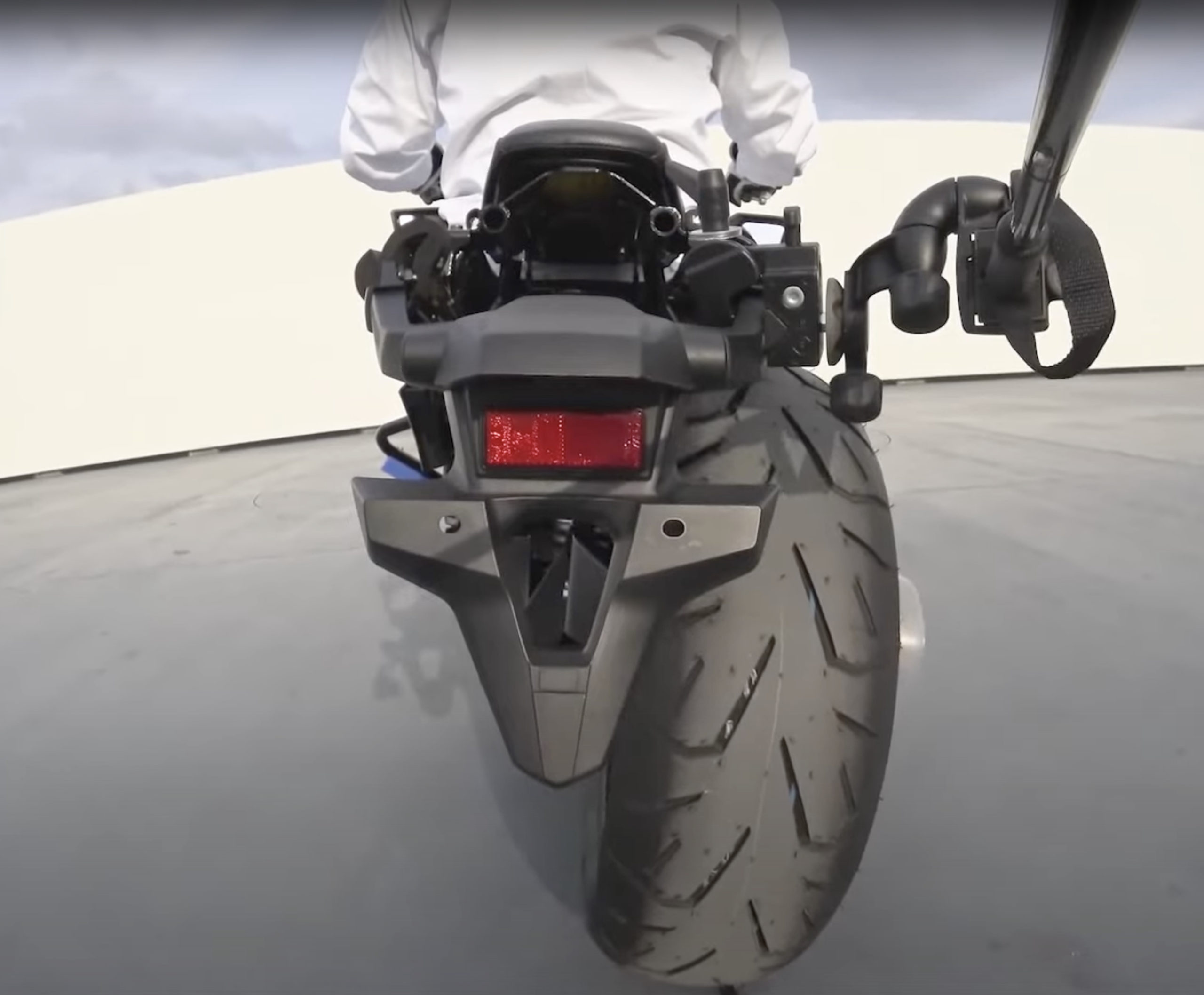
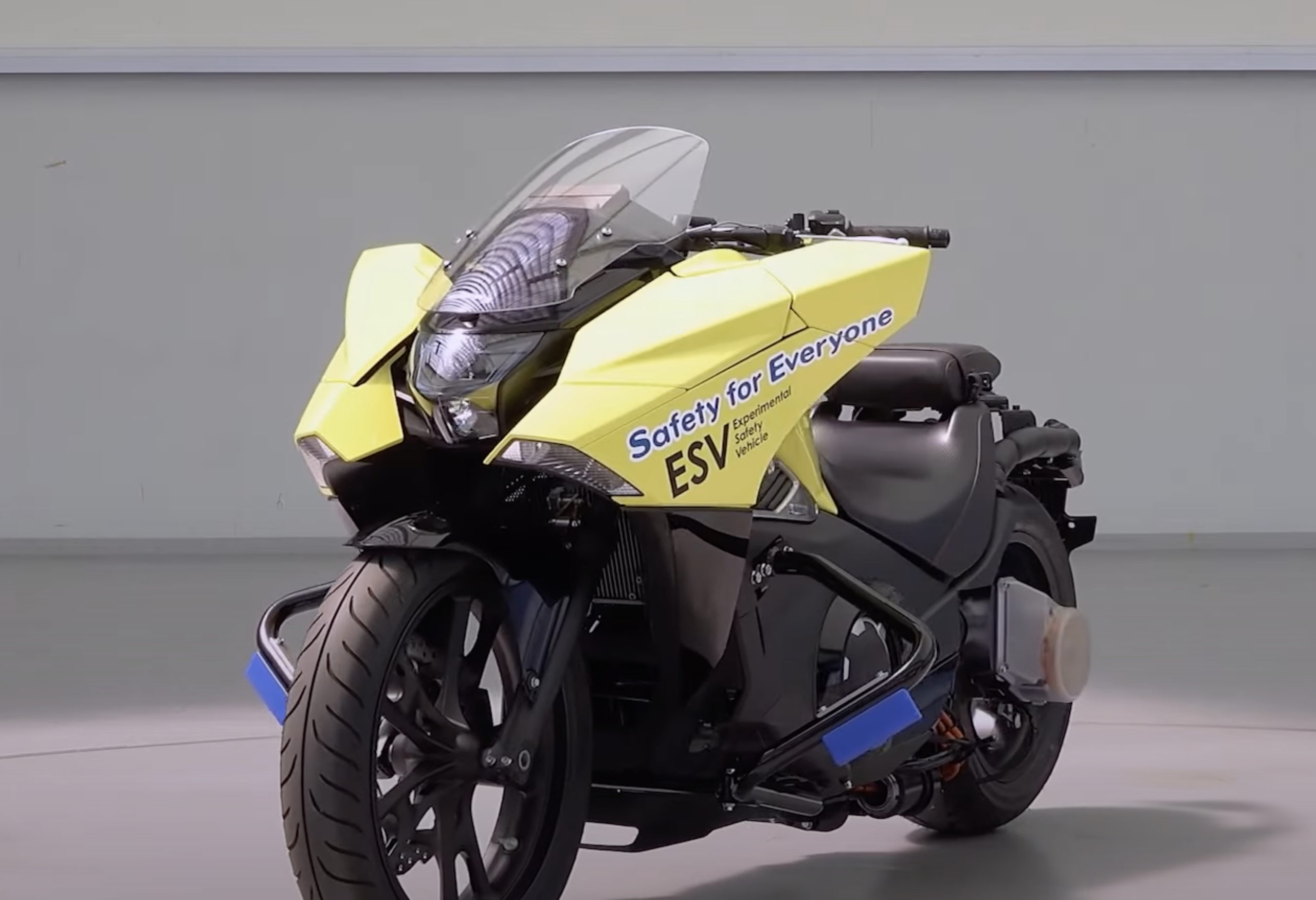

I’d like to have the same bike with 1970 Frisco Style …
Philippe 🙂